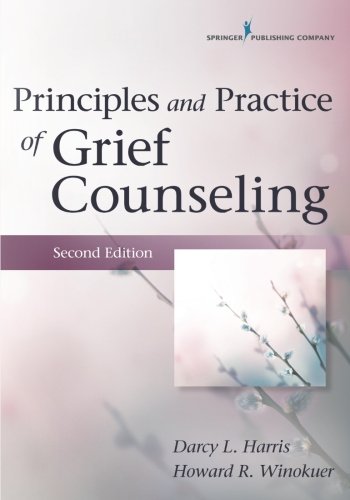

Most ebook files are in PDF format, so you can easily read them using various software such as Foxit Reader or directly on the Google Chrome browser.
Some ebook files are released by publishers in other formats such as .awz, .mobi, .epub, .fb2, etc. You may need to install specific software to read these formats on mobile/PC, such as Calibre.
Please read the tutorial at this link: https://ebookbell.com/faq
We offer FREE conversion to the popular formats you request; however, this may take some time. Therefore, right after payment, please email us, and we will try to provide the service as quickly as possible.
For some exceptional file formats or broken links (if any), please refrain from opening any disputes. Instead, email us first, and we will try to assist within a maximum of 6 hours.
EbookBell Team

0.0
0 reviewsPraise for the First Edition:
"ÖThis is the sort of text that I would be pleased to use in my classroom!ÖI would highly recommend this book. It is an important contribution to the field."
óGerry R. Cox, PhD, from the review in Illness, Crisis and Loss
This core, introductory textbook for undergraduate- and graduate-level courses is the first to combine the knowledge and skills of counseling psychology with current theory and research in grief and bereavement. Written by two internationally recognized leaders in the field, the second edition has been updated to reflect important new research and changes in the field, including insights on complicated grief, resilience after adverse life experiences, and compassion-based approaches to death, loss, and grief. It discusses the implications of the DSM-5's omission of the bereavement exclusion for the diagnosis of a major depressive disorder. A completely new chapter on the social context of loss addresses social messages, grieving rules, workplace policies, and the disenfranchisement of many aspects of normal, healthy grief. New case scenarios further enrich the second edition.
The text describes the unique aspects of grief as a normal response to losses, both death- and nonñdeath-related, and views the goal of counseling bereaved individuals as one of facilitating the unfolding of the healthy and adaptive aspects of the process as it manifests itself within each client. Specific counseling practices that facilitate successful interventions are discussed, particularly that of "presence," considered by the authors to be the primary therapeutic stance when working with bereaved individuals. Case studies, discussion and reflection questions, and suggested additional resources are included in each chapter.
New to the Second Edition: